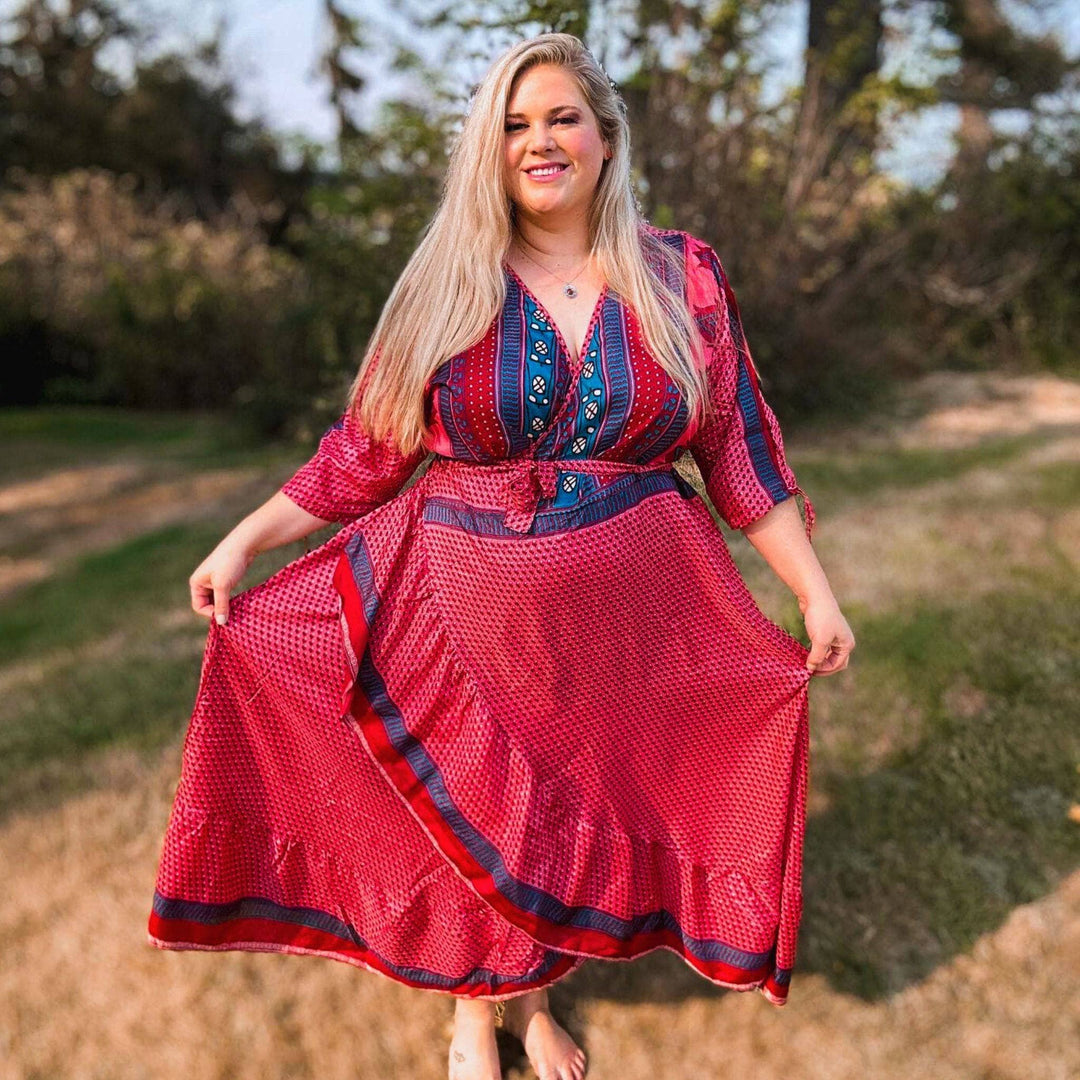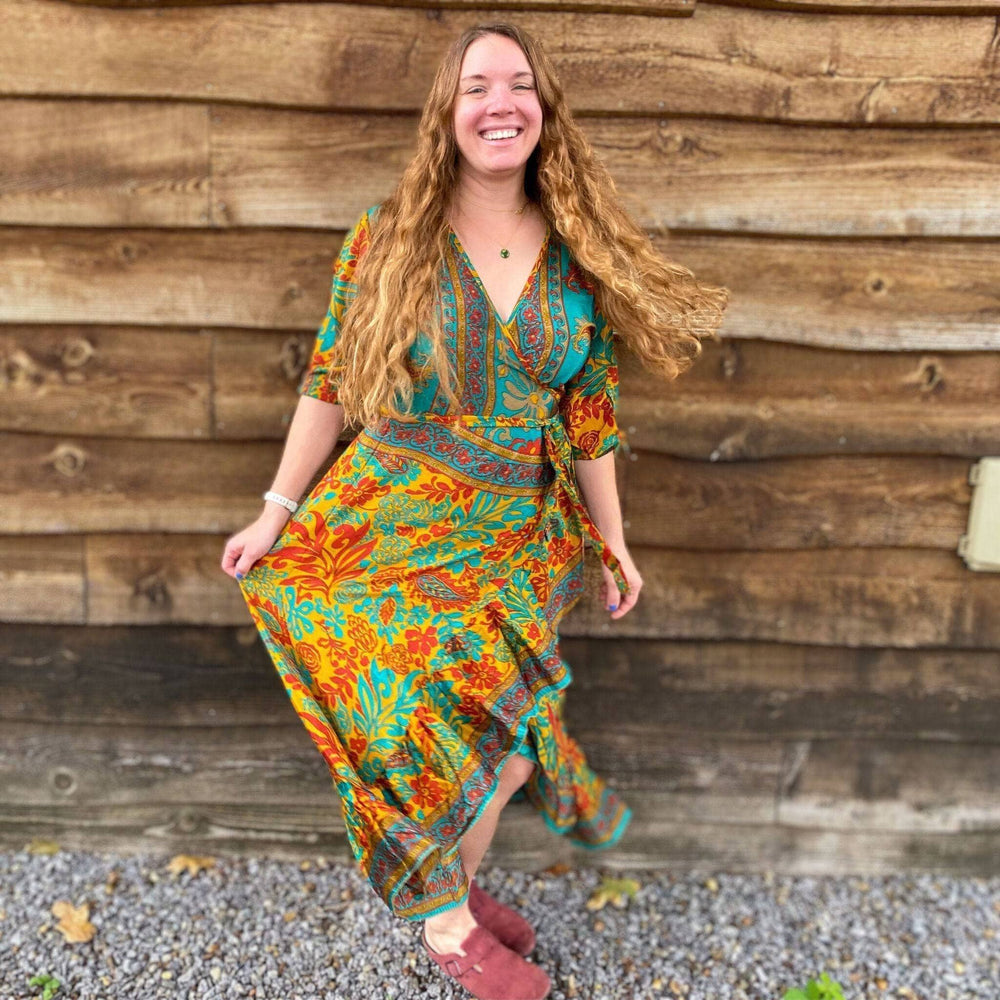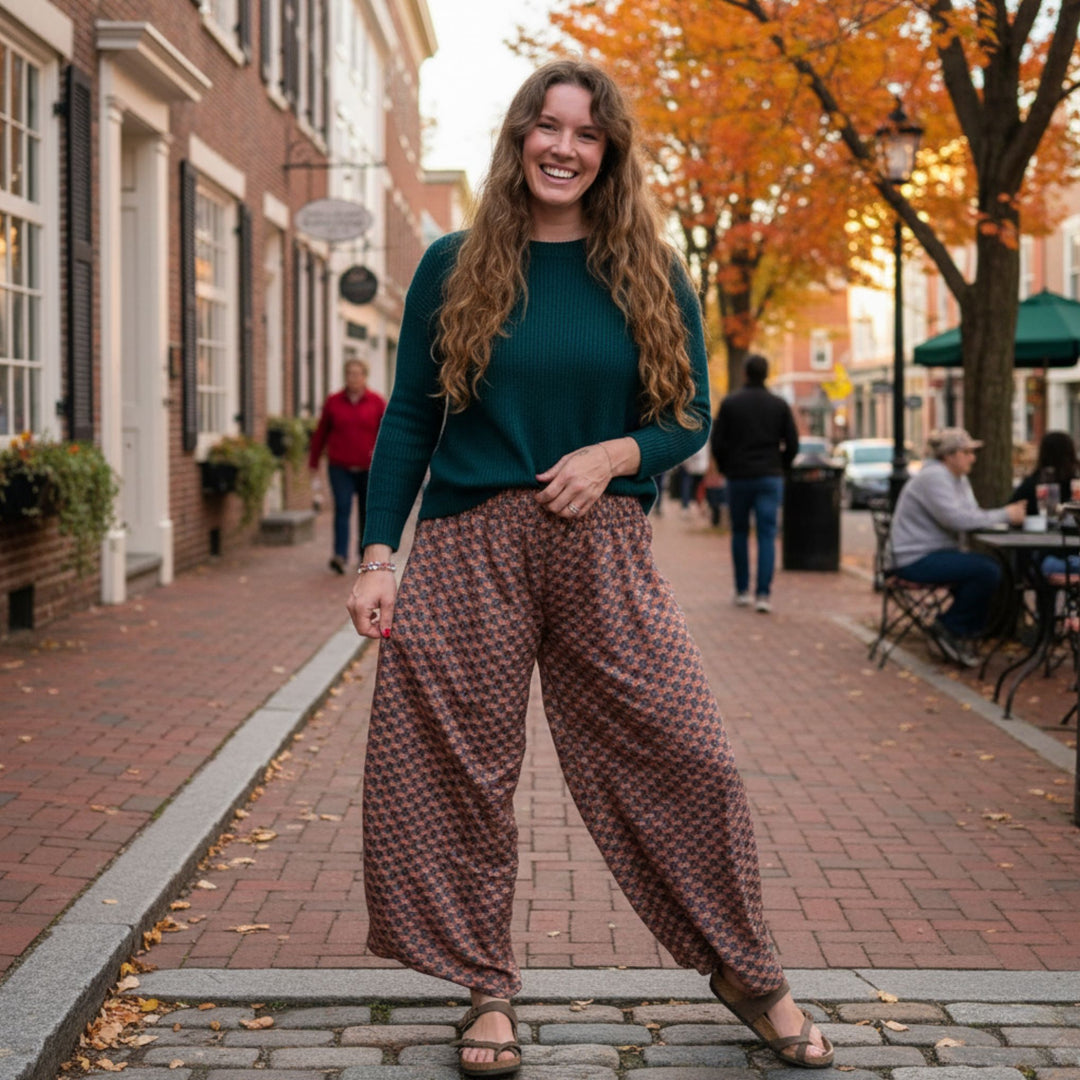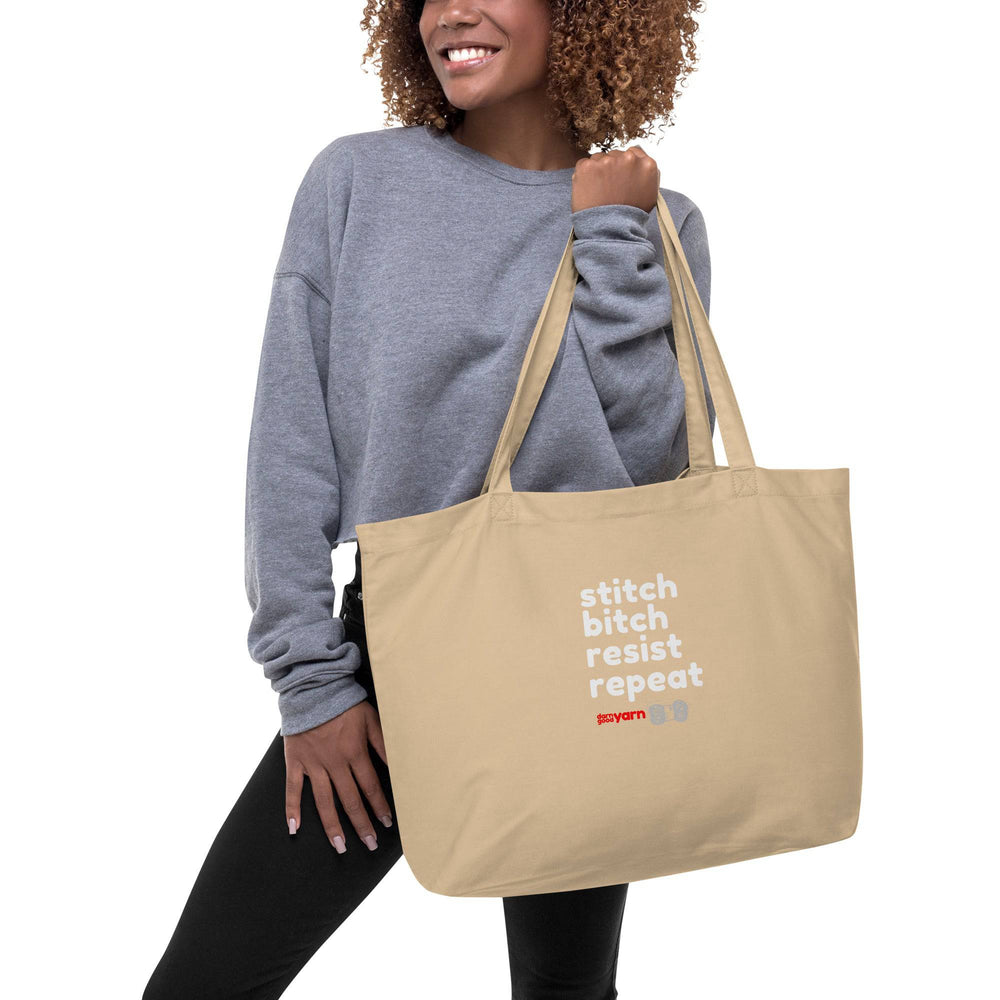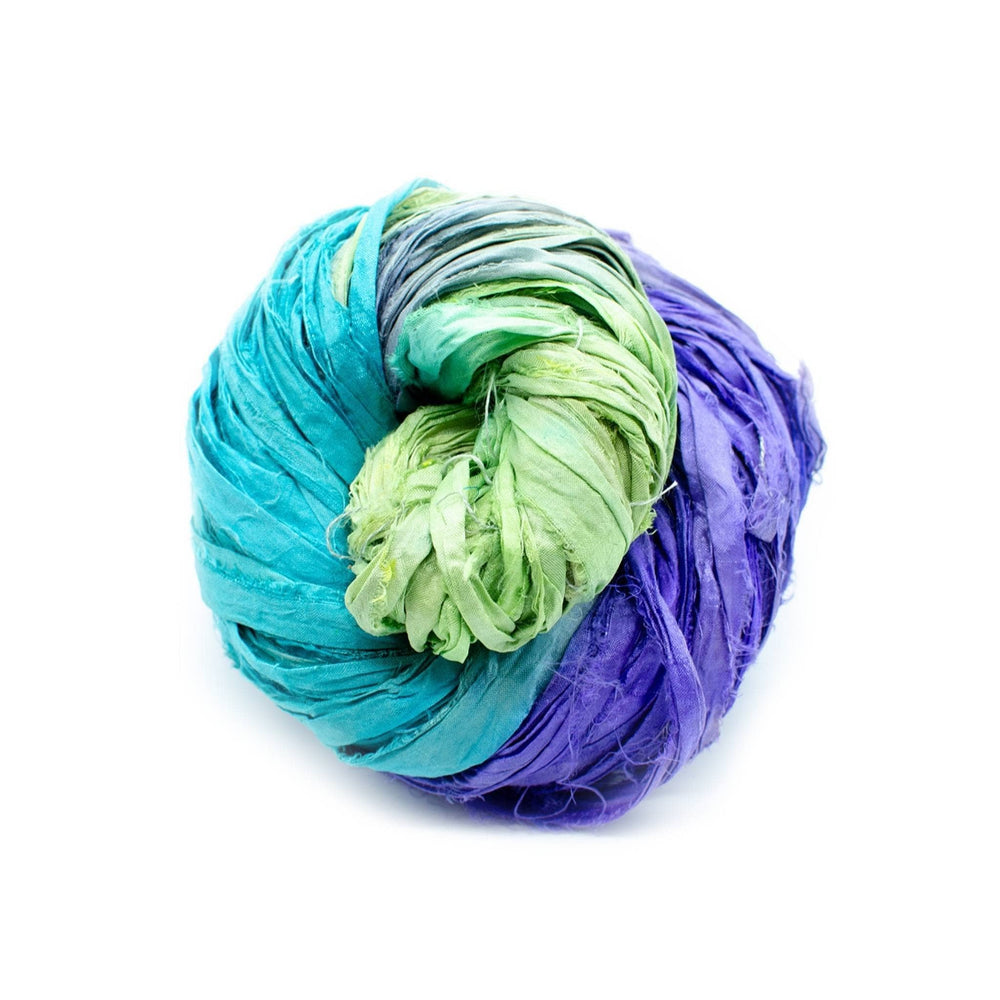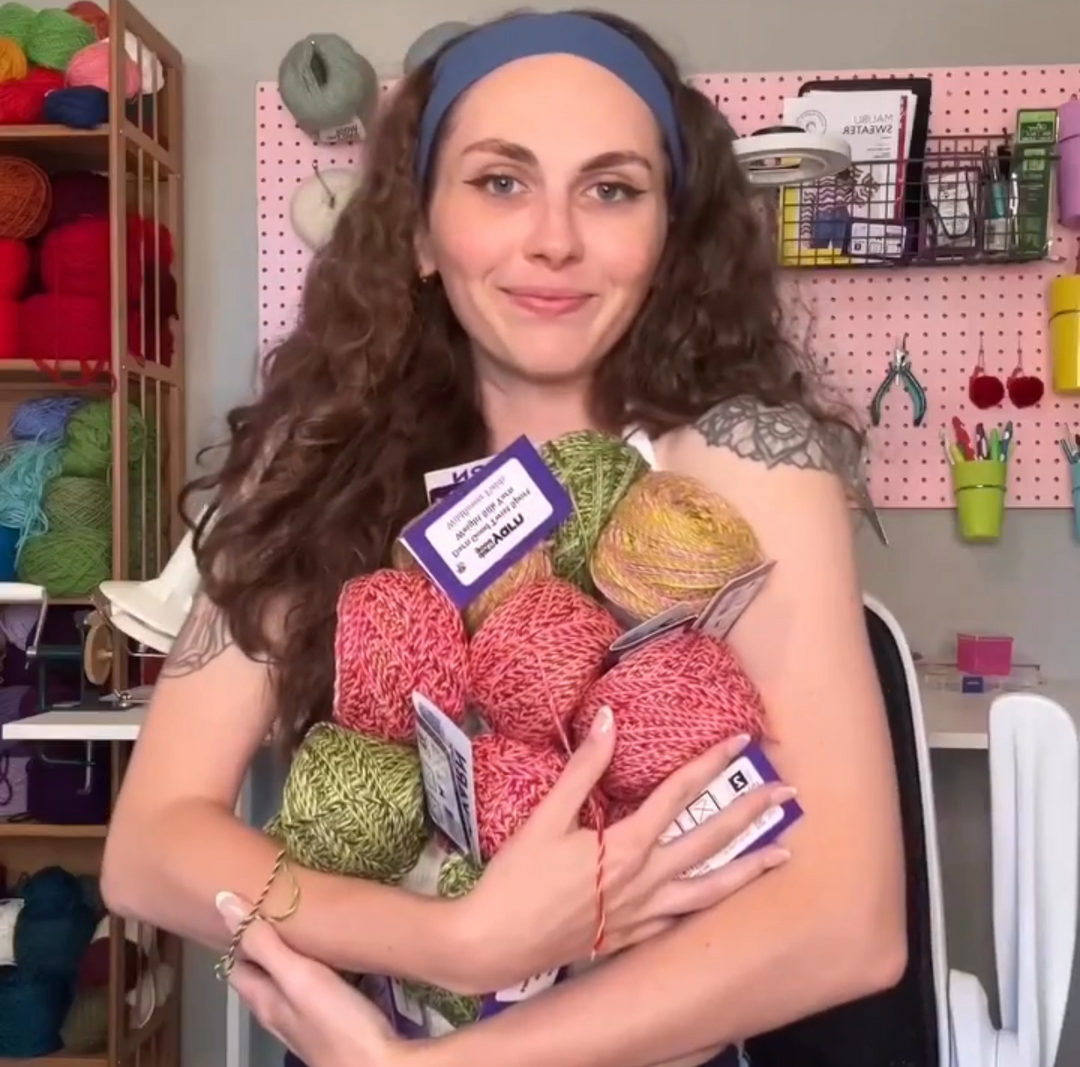Written by Michaela MacBlake Matthews
How does knitting help with depression?
When it comes to depression, serotonin and dopamine are front and center in the conversation. Serotonin, the good-mood neurochemical, can drop from a poor diet, lack of exposure to sunlight, and excess stress. Dopamine, on the other hand, is the reward chemical. We are lit up from dopamine every time we use social media, get a package in the mail, or receive praise.
The meditative process of knitting can help reduce stress and give the body a wakeful, dedicated time to sort through emotions slowly and steadily. This self-soothing technique of gentle awareness can be difficult in the face of low serotonin levels, but knitting busies the hands and allows room to unfold at its own pace.

How is knitting good for mental health?
In modern times, it seems to be a little too easy to cover up low serotonin by ramping up dopamine, the productive and motivated neurochemical. For example, a sixty second video that says ‘watch until the end’ and then, after a short bit of uncomfortable patience, makes you laugh: this is a dopamine mining process in plain sight. Dopamine is the subtle essence behind our ability to tolerate discomfort for a reward, and that reward feels good, often picking up the slack for a low mood overall.
The trouble with this type of soothing, however, is that it has little to no shelf life. The boost falls back as quickly as it came in, and it’s onto the next video, feeding into a short term dopamine addiction. The beauty of knitting is that it holds out a longer reward pattern. Rome wasn’t knit in a day, they say! When you engage in a slower, long-term reward with a tangible end result, the sharp peaks and lows have a chance to stabilize, while the low-impact nature of knitting gives serotonin a moment to rebuild, and fall back into harmony with dopamine.

Why is knitting so therapeutic?
Knitting makes use of a few different processes: tactile movement, pattern recognition, and close-range visual processing. It uses each of these in a rhythmic, repetitive way, and brings them into a coordinated alignment. Just as slow and steady breathing can lower your heart rate and stress levels, this sort of tactile rhythm can be a great way to get other parts of your body and brain into that same meditative state. And you can always match your breathing to the project for that extra cherry on top, too!
Is knitting good for the mind?
Yes! Like any skilled hobby, knitting is a recreational way of training certain parts of your mind in a low-stress environment. Specifically, knitting employs hand-eye coordination and motor skills, coupled with the discipline of maintaining long term focus on a simple task. These skills become strengthened when exercised, just like a muscle, and using them in other areas of life can become more fluid over time.
Does knitting make you tired?It can! The good news is that the act of knitting or crocheting may actually help bridge the gap to better sleep. While depression manifests for some as excessive fatigue, it can also run hand in hand with insomnia, and the feeling of being trapped between ‘too tired to function’ and ‘too awake to sleep’. When caught in a fatigue cycle, the soothing qualities of knitting can be just the right antidote to help tip the scales, and get in that early night’s rest or the long-needed nap.
Of course, a well balanced diet and good exposure to sunlight are always going to be vital when facing depression. It is good to know, though, that our favorite creative hobbies are actually fighting the good fight with us!

So knit on, you crazy diamond. Knit on.

"Mac" is on the Lifestyle Team here at Darn Good Yarn, and loves taking a ‘teach a man to fish’ approach to creative therapy. She is certified in neuro-linguistic programming, and is also the surreal artist and author behind Surrealismac.
 Rewards
Rewards




